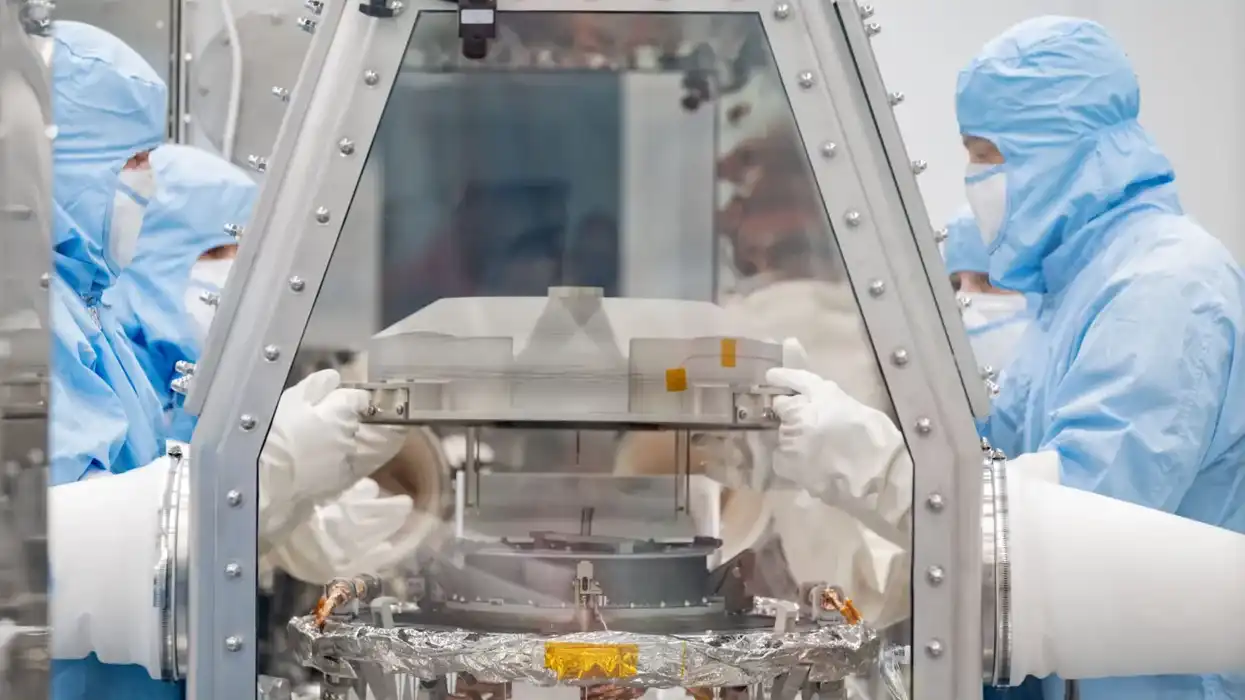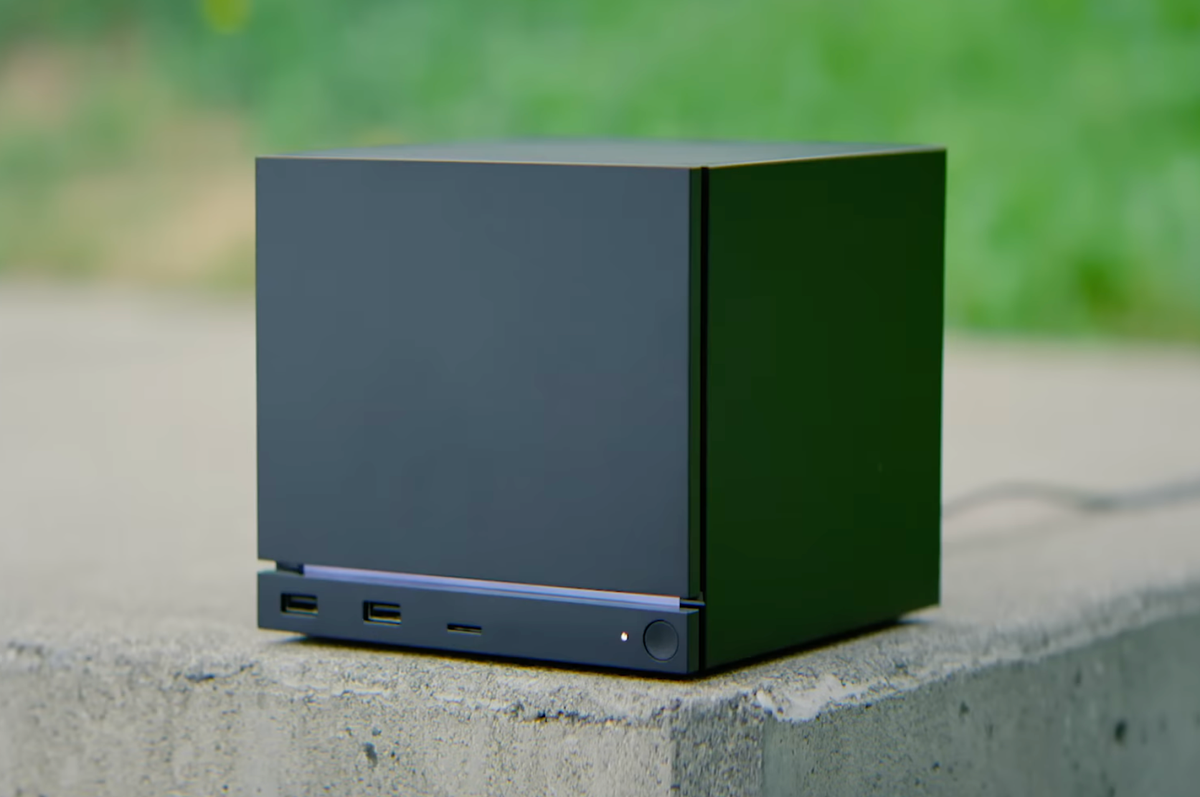Alex Daniel
Sep 30, 2023

Scientists opening samples from the asteroid Bennu
NASA / Robert Markowiz
NASA scientists opened the lid of an asteroid sample canister for the first time in more than seven decades last week.
The canister, from NASA’s Osiris-Rex spacecraft, contained rocks and particles collected from the Bennu asteroid, one of the most likely objects to collide with Earth.
“Scientists gasped as the lid was lifted,” NASA's Astromaterials Research and Exploration Science (ARES) division, which is based at Johnson Space Center in Houston, wrote in a post on X/Twitter.
\u201cA scientific treasure box.\u201d\n\nScientists gasped as the lid was lifted from the #OSIRISREx asteroid sample return canister, showing dark powder and sand-sized particles on the inside of the lid and base. \n\nRead more from the @NASA_Johnson curation lab: https://t.co/JBw6TCI7kB— NASA Astromaterials (@NASA Astromaterials) 1695771440
Inside was “dark powder and sand-sized particles on the inside of the lid and base,” they said.
The capsule had crashed down onto the Utah desert on Sunday 24 September after travelling billions of miles across the Solar System.
It is only the third time in history that material from an asteroid has been collected and brought back to Earth.
Osiris-Rex’s multi-year trip was the first sample-return mission of its kind for the US, and scientists hope its contents will help shed light on the origins of life.
The findings could also help us better understand the threat posed by Bennu’s potential collision-course with Earth.
Like other asteroids, Bennu is a relic of the early solar system. Its chemistry and minerals are virtually unchanged since its formation 4.5bn years ago.
Samples which came back three years ago by Japanese astronauts from Ryugu, another nearby asteroid, contained two organic compounds.
That added weight to the argument that objects like comets and asteroids that hit an early Earth gave the planet the initial ingredients for life.
Osiris-Rex launched in 2016 and reached Bennu in 2018. It spent nearly two years orbiting the rock before getting close enough to grab a sample of loose surface material with its robotic arm in 2020. Then it began its long journey home.
“There is a very high level of focus from the team – the sample will be revealed with an amazing amount of precision to accommodate delicate hardware removal so as not to come into contact with the sample inside,” JSC officials wrote in a blog post on Tuesday.
While scientists analyse the material it has brought back, Osiris-Rex heads out on its next mission – to explore Apophis, another near-Earth asteroid.
Sign up to our free Indy100 weekly newsletter
Have your say in our news democracy. Click the upvote icon at the top of the page to help raise this article through the indy100 rankings.
Top 100
The Conversation (0)












